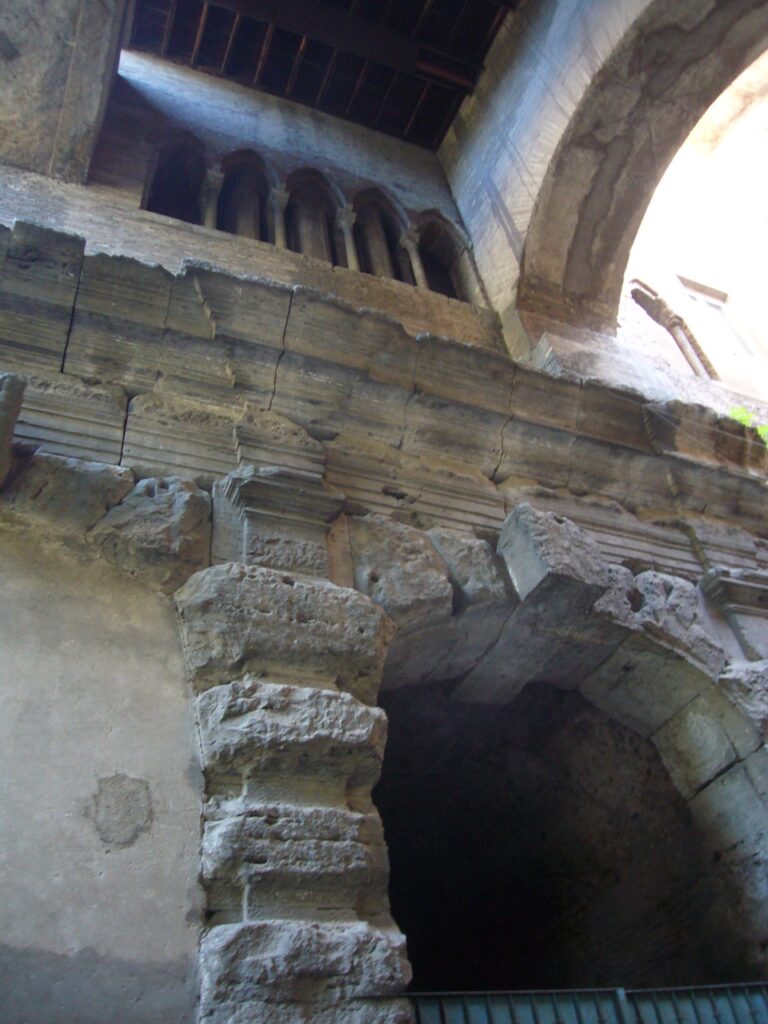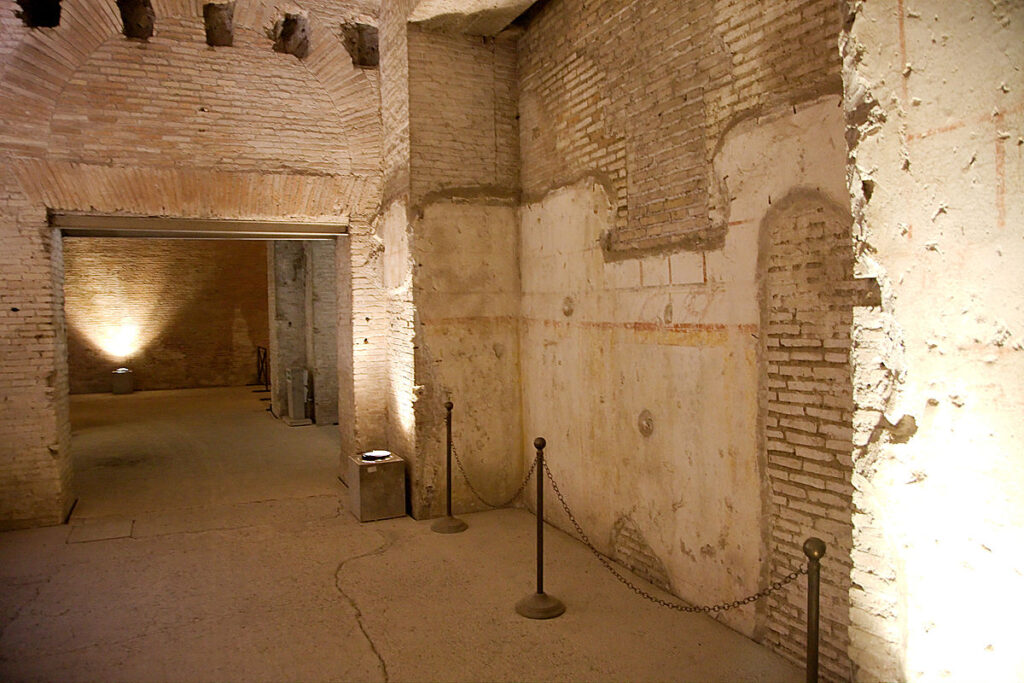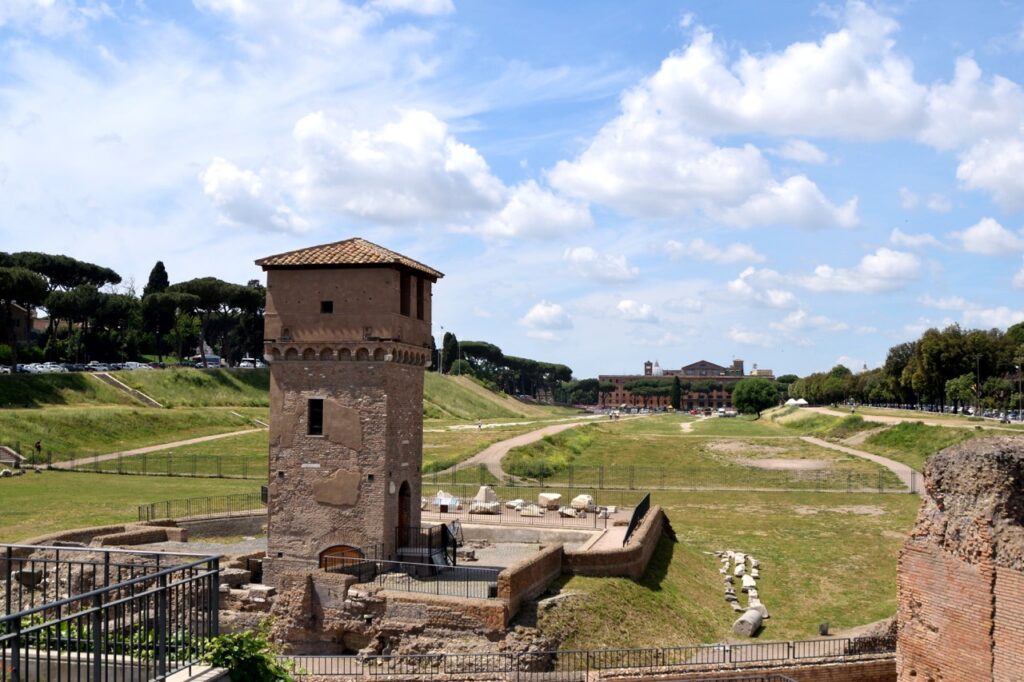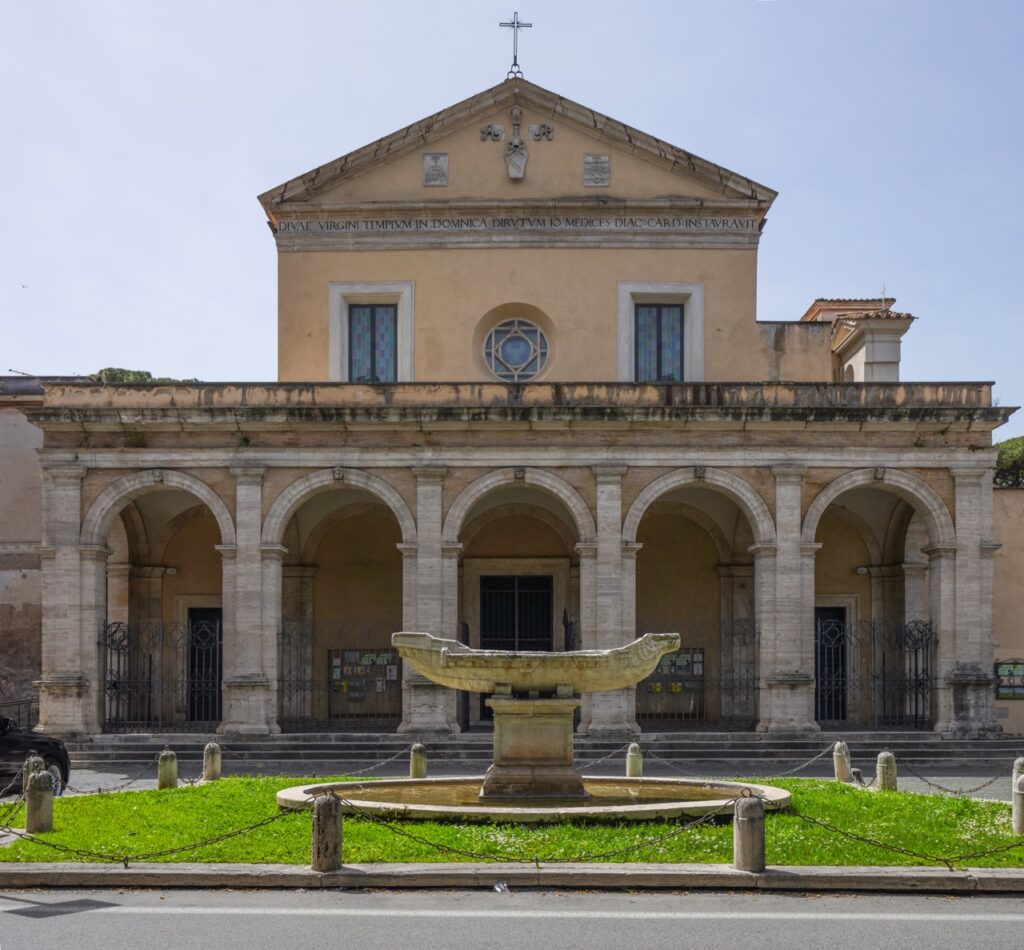Villa Celimontana

Villa Celimontana, located on the Celio hill in Rome, is an oasis of tranquility and beauty, a place where history, art, and nature harmoniously blend together. This historic villa and its park have ancient origins dating back to Roman times when they were part of the Horti Caesaris, the vast gardens of Emperor Domitian. In […]
Decius Baths

The Baths of Decius, also known as Thermae Decianae, represent one of the lesser-known but historically fascinating thermal complexes in Rome. Built by Emperor Decius between 249 and 251 AD on the Aventine Hill, these baths were a monumental work reflecting the grandeur and sophistication of Roman architecture in the late imperial period. The baths […]
Temple of Divus Claudius

The Temple of the Divine Claudius, located on the Caelian Hill in Rome, is one of the most significant monuments of ancient Rome, dedicated to Emperor Claudius after his death and deification. Its construction began under the direction of Claudius’ wife, Agrippina, immediately after his death in 54 AD. However, the temple underwent numerous changes […]
Park of San Gregorio al Celio

The Park of San Gregorio al Celio is a place of great historical and archaeological interest, located in the heart of Rome, between the Colosseum and the Circus Maximus. This park offers visitors an oasis of greenery and tranquility, but also a rich testimony of the historical stratifications that characterize the eternal city. The park […]
Scipioni Park

The Scipioni Park is one of the lesser-known parks in Rome, but it offers a unique combination of natural beauty and archaeological remains that definitely deserve a visit. Located between the Via Appia, the Aurelian Walls, and the Via Latina, the park covers an area of about 16,000 square meters and is situated in an […]
Museum of the Walls

The Museum of the Walls, located near Porta San Sebastiano in Rome, offers a fascinating journey through the history of the city’s defensive walls, in particular the Aurelian Walls, built between 270 and 275 AD by Emperor Aurelian to protect Rome from barbarian invasions. Inaugurated in 1990, the museum occupies one of the best-preserved monumental […]
Domus Aurea

The Domus Aurea, or “Golden House,” was one of Emperor Nero’s most ambitious and controversial projects. Built after the devastating fire of Rome in 64 AD, the Domus Aurea represents the peak of opulence and luxury in ancient Rome. Nero decided to construct this urban villa, not so much to live in it, but as […]
Clivus of Scaurus

The Clivus Scauri is one of the ancient streets of Rome, which offers an extraordinary journey through time, between Roman ruins and suggestive medieval testimonies. Located in the heart of the Celio district, the Clivus Scauri stretches between Piazza di San Gregorio and Piazza dei Santi Giovanni e Paolo, connecting some of the historically and […]
Circus Maximus

The Circus Maximus is one of the most emblematic monuments of Rome, a place that has crossed millennia of history and has seen the city grow and transform around it. Located in the valley between the Palatine and the Aventine, this ancient Roman circus was the largest entertainment building ever built and one of the […]
Church of Santa Maria in Domnica alla Navicella

The Basilica of Santa Maria in Domnica, also known as Santa Maria alla Navicella, is a fascinating example of early Christian, Renaissance, and Baroque architecture, located on the top of the Caelian Hill in Rome. Its origins date back to the 4th century, but it was rebuilt in the 9th century by Pope Paschal I, […]

